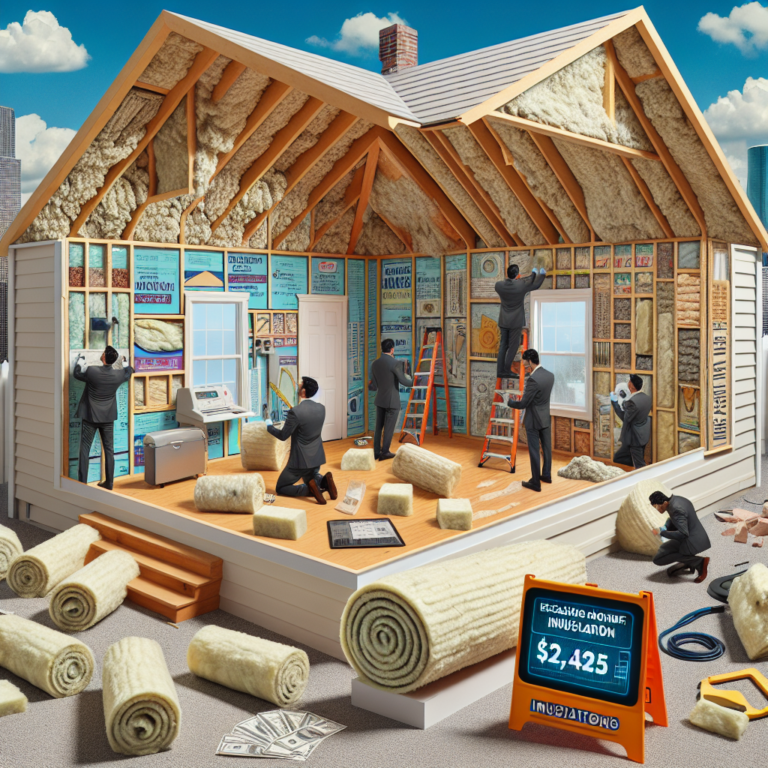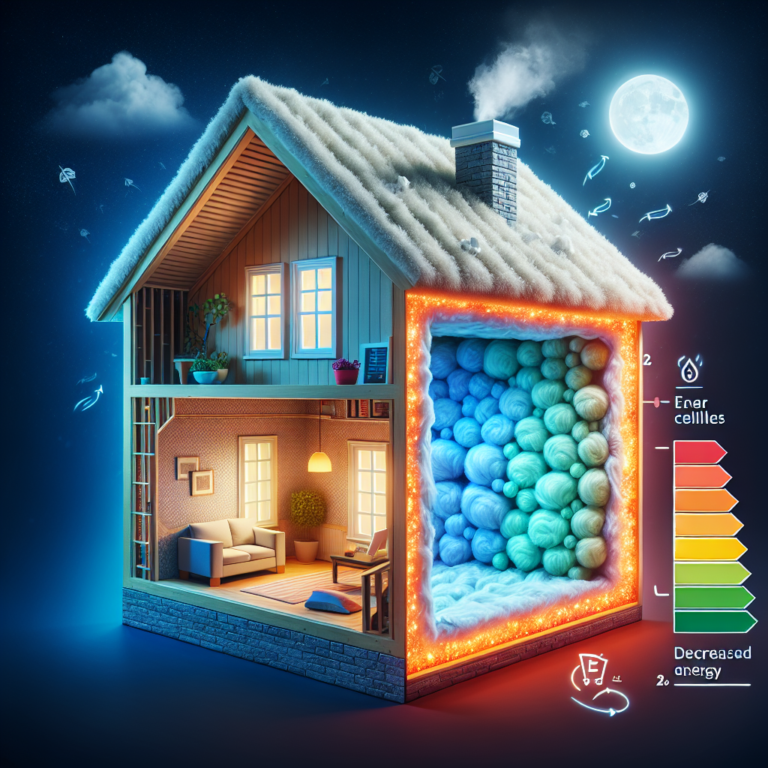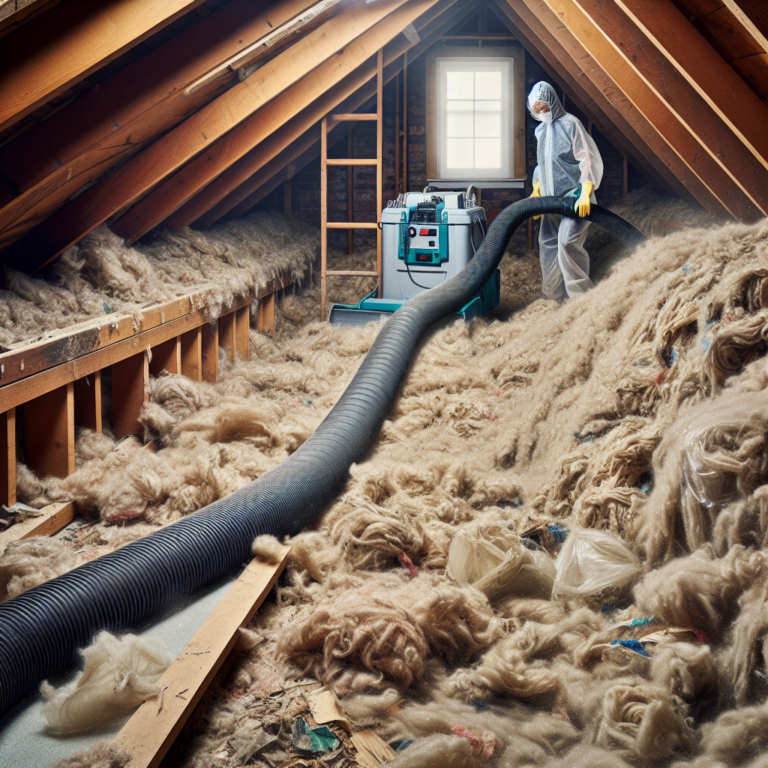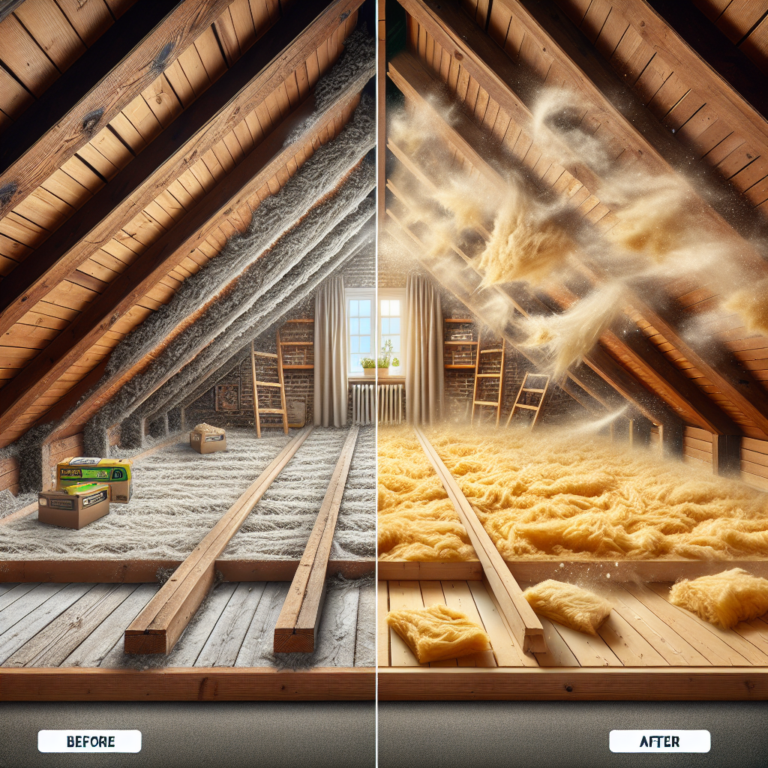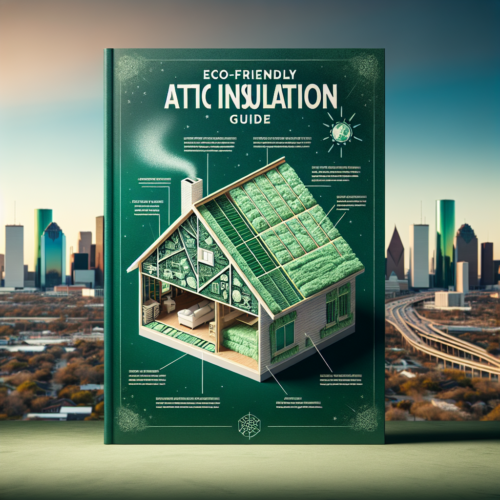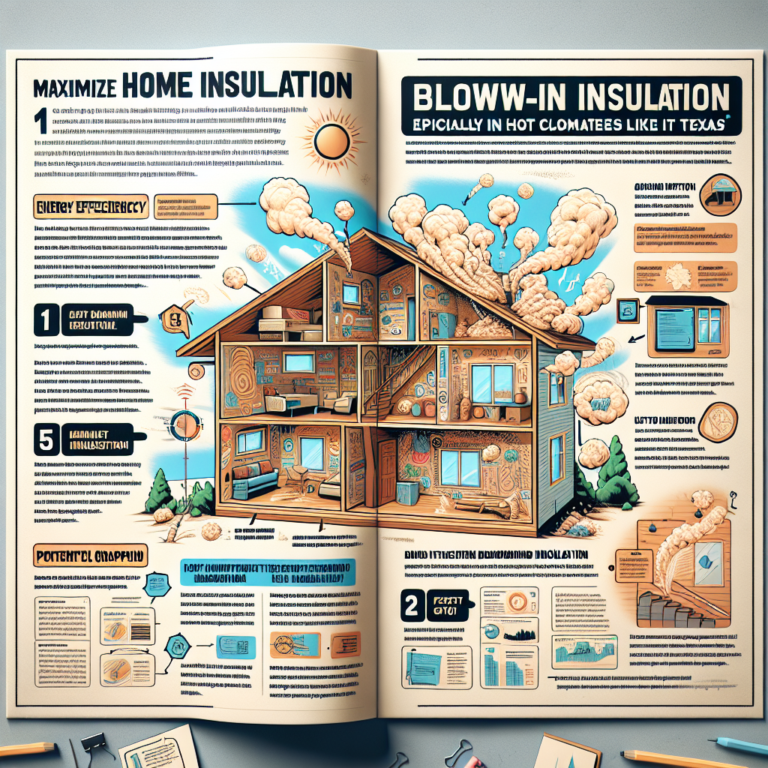Introduction
Boosting your home’s energy efficiency starts with choosing the right insulation—and one of the smartest upgrades is batt insulation on top of blown-in insulation. This hybrid approach combines the gap-filling power of blown-in fiberglass with the uniform coverage of batt panels, delivering superior thermal performance, noise reduction, and long-lasting durability. In this guide, we’ll explore why batt insulation on top of blown-in insulation from Home Depot makes sense, how to install it properly, and how it stacks up against other popular insulation types.
Why Add Batt Insulation on Top of Blown-In Insulation?
Batt insulation on top of blown-in insulation creates a multi-layered barrier that maximizes thermal resistance, air sealing, and overall comfort. Let’s dive into the key benefits.
Enhanced R-Value and Energy Savings
• Layered Protection: Blown-in insulation excels at filling nooks and voids, while batt insulation provides consistent coverage across joists and studs. Together, they boost your attic’s total R-value, keeping heat in during winter and out during summer.
• Lower Utility Bills: A higher R-value means your HVAC system works less to maintain a stable indoor temperature, translating into measurable reductions on your energy bills.
Improved Air Sealing and Comfort
• Gap Elimination: Loose-fill insulation alone can settle over time, leaving gaps. Batt insulation laid on top seals these gaps, preventing drafts and cold spots.
• Year-Round Comfort: By minimizing air leakage, your living spaces stay more consistently comfortable, whether it’s a sweltering summer afternoon or a frigid winter night.
Fire Resistance and Soundproofing
• Non-Combustible Fiberglass: Both blown-in and batt fiberglass insulation are fire-resistant. Neither will ignite or spread flames, adding a layer of passive fire protection.
• Noise Reduction: The dense structure of batt panels absorbs sound, while the blown-in layer dampens airborne noise. The result is a quieter home, ideal for busy neighborhoods or home theaters.
How to Install Batt Insulation on Top of Blown-In Insulation
Installing batt insulation on top of blown-in insulation is straightforward when you follow these steps:
1. Gather Materials
– Fiberglass batt insulation (choose the correct R-value for your region)
– Utility knife and straightedge
– Staple gun and corrosion-resistant staples
– Protective gear (gloves, goggles, N95 mask)
– Caulk or foam sealant for air-sealing
2. Prepare the Attic Space
– Clear debris and check for moisture or pest damage.
– Seal gaps around plumbing vents, electrical wires, and attic hatches with caulk or expanding foam.
3. Measure and Cut Batt Insulation
– Measure the distance between joists or studs.
– Use a utility knife and straightedge to cut batt panels to length, leaving a small air gap at the roof deck for proper ventilation.
4. Lay and Secure Batt Insulation
– Position each batt directly over the existing blown-in layer, ensuring full coverage without compression.
– Staple the flanges of faced batts to the sides of joists, or friction-fit unfaced batts snugly.
5. Finish with an Air Seal Check
– Inspect for any remaining gaps or overlaps.
– Seal seams between batts and around attic penetrations with weatherstripping tape or caulk.
Comparing Insulation Options at Home Depot
When selecting insulation, it helps to understand the pros and cons of popular choices at Home Depot:
Fiberglass Blown-In vs. Fiberglass Batt
• Coverage: Blown-in fills irregular cavities; batts cover open areas uniformly.
• Installation: Blown-in requires a rental machine; batts can be installed DIY with minimal tools.
• Cost: Blown-in is typically priced per bag plus rental; batts cost per roll or panel.
Cellulose and Mineral Wool Alternatives
• Cellulose: Made from recycled paper, treated with fire retardants. It offers high R-value and eco-friendliness, but can settle and may require professional installation.
• Mineral Wool: Offers superior fire resistance and sound dampening, but is denser and often more expensive than fiberglass.
Focus Keyword in Subheadings
By choosing batt insulation on top of blown-in insulation, you tap into the strengths of both products—sealing gaps, boosting R-value, and improving sound control—while enjoying the ease of shopping and support at Home Depot.
Conclusion
Batt insulation on top of blown-in insulation is a cost-effective way to supercharge your home’s energy efficiency. By combining blown-in fiberglass’s gap-filling prowess with batt panels’ consistent coverage, you achieve higher R-values, better air sealing, enhanced fire resistance, and quieter living spaces. Whether you tackle the installation yourself with materials from Home Depot or enlist a professional, this hybrid insulation approach pays dividends in comfort and savings. Ready to upgrade? Head to Home Depot today and discover the right batt and blown-in insulation products for your home.


